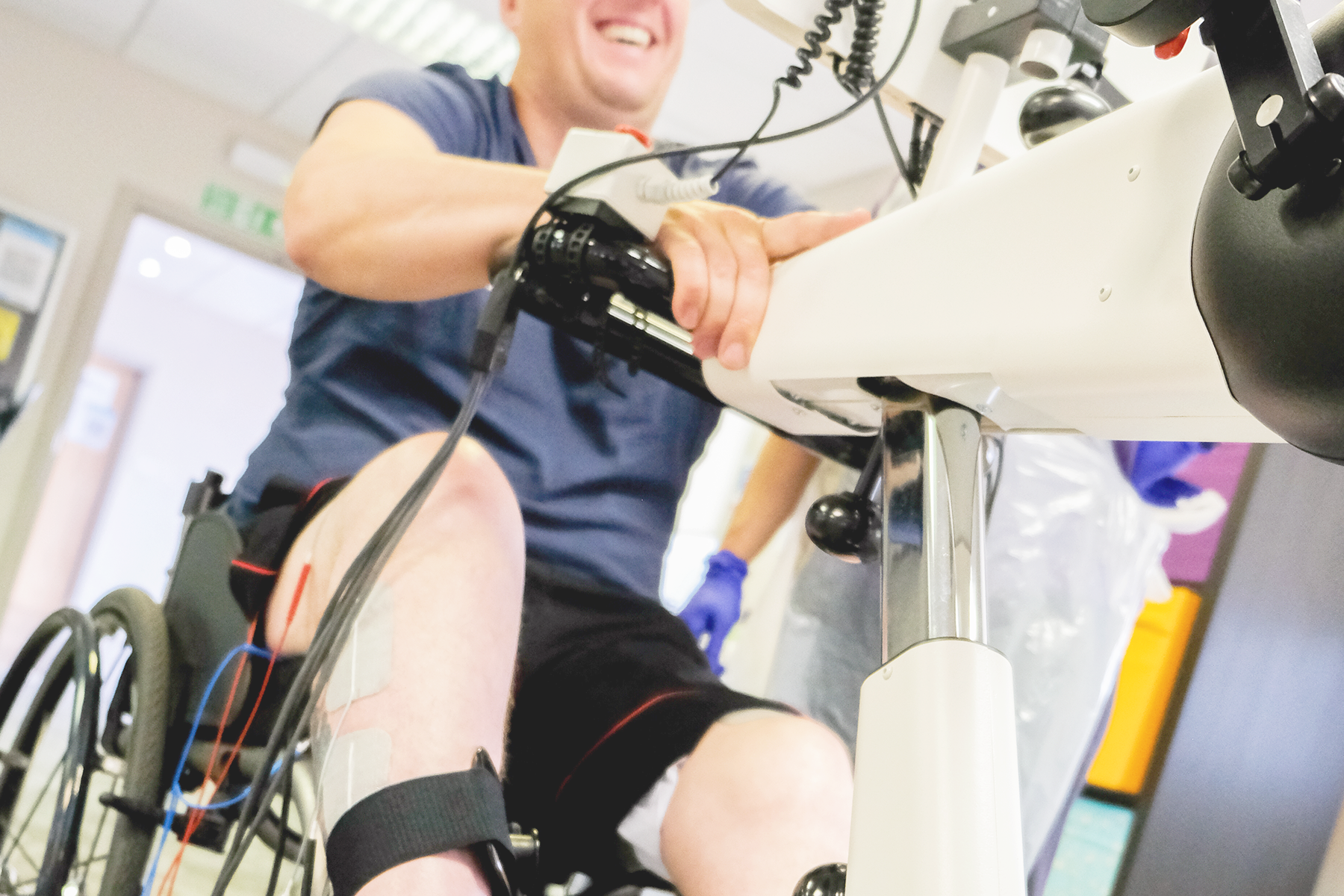Articles
Filter by Topic
- Adaptive Sport 1
- Artificial Intelligence 1
- Bike Labyrinth 3
- Bone density 1
- Bridging the Gap 1
- Bridging the Gap 1
- Carbonhand 4
- Cardiovascular 1
- Client Stories 4
- Cognition 1
- Company Updates 3
- Decision Making 1
- Dementia 1
- Denervation 19
- Diabetic Foot 12
- Efficiency 1
- Electrotherapy 26
- Exercise Benefits 27
- FES Cycling 7
- Functional Electrical Stimulation (FES) 47
- Gait 2
- Goal Setting 5
- Grip 3
- Healthspan 2
- Indego 13
- Lifestyle 8
- Lower Motor Neuron 1
- Mobility 16
- Motivation 2
- Nerve injury 1
- NexStride 1
- Occupational Therapy 1
- Orthotic 15
- PRAFO 22
- Pain 5
- Parkinsons 2
- Pressure Ulcers 10
- Product Updates 7
- RISE Stimulator 7
- Safety 1
- Sponsor 1
- Standing 3
- Stimulette den2x 5
- Support 1
- TENS 1
- Technology 17
- Tek RMD 20
- Tips and Gadgets 4
- Training 5
- Transverse Myelitis 1
Article Length
- 1 minute read 3
- 10 minute read 7
- 11 minute read 4
- 12 minute read 6
- 15 minute read 6
- 18 minute read 1
- 19 minute read 1
- 2 minute read 4
- 26 minute read 1
- 27 minute read 1
- 28 minute read 1
- 3 minutes read 9
- 4 minute read 33
- 5 Minute read 11
- 6 minute read 5
- 7 minute read 13
- 8 minute read 2
- 9 minute read 2
- FES 2
- FoG 1
- PRAFO 1
- Seven Minute Read 1
- awareness 1
- carbonhand 2
- cognitive 1
- cues 1
- freezing gait 1
- freezing of gait 1
- gait 1
- neurological 1
- neuroplasticity 1
- nexstride 2
- occupational therapy 1
- occupational therapy day 1
- orthopaedics 1
- orthotic 1
- parkinson's 1
- pressure 1
- pressure relief 1
- prevention 1
- rehabilitation 2
- stroke 1
- ulcers 1
- world stroke day 1
Electrotherapy and Pain
Electrical stimulation is extensively used for the symptomatic control of pain. Although the idea had been proposed for many years (decades even) the rationale boost was provided by the so called “gate control theory” of pain proposed in the mid 1960s by Meizack and Wall.
This article is about pain - and the waveforms included in the Stimulette Edition 5 S2x for working with various kinds of pain.
Electrotherapy Concepts.
As we saw in my recent article, (Electrotherapy, FES and it's historical roots) Electrotherapy and it’s cousin, electrical stimulation, have some deep and colourful roots. The stories of applying electrical energy to the body for therapeutic purposes have sometimes stretched the imagination, have sometimes inspired quackery but also produced some fantastic results along the way. In simple terms, the aim is to deliver electrical energy to the tissues of the body in a precisely controlled manner, that will bring about physiological change and by this means achieve some therapeutic benefit.
Electrotherapy, FES and it's historical roots
Functional Electrical Stimulation and its parent topic, Electrotherapy have been around a long time now but it seems to me are still not well-understood or embraced in the mainstream of healthcare in the UK. In a series of articles im going to take a look at this topic from a number of points of view. In this first article we peek at the historical roots of electrotherapy.
Spasticity and FES Cycling
Individuals who have troublesome spasticity in their legs can generally use a RehaMove FES Cycling system but there are certain things that can be done to make this more effective.
Let’s start with the fundamentals
FES Cycling and improving health after spinal cord injury
Physically disabled people are the least active group in society. According to Sports England, disabled people are twice as likely to be inactive as able-bodied people. A RehaMove FES Cycling system provides a method that many spinal cord injured people use at home for long term fitness. Recent developments have made this exercise choice more engaging than ever
FES Cycling can build muscle mass after paralysis
We have known for decades that functional, electrically stimulated (FES) cycle training such as with the RehaMove FES bike can improve the cardiorespiratory fitness of spinal cord injured persons and others with neurological conditions such as MS, Parkinsons or recovering from a stroke. This is a massive benefit for long term health and fitness but what clients tend to notice is that their muscles get bigger - and that’s not a bad thing either.






